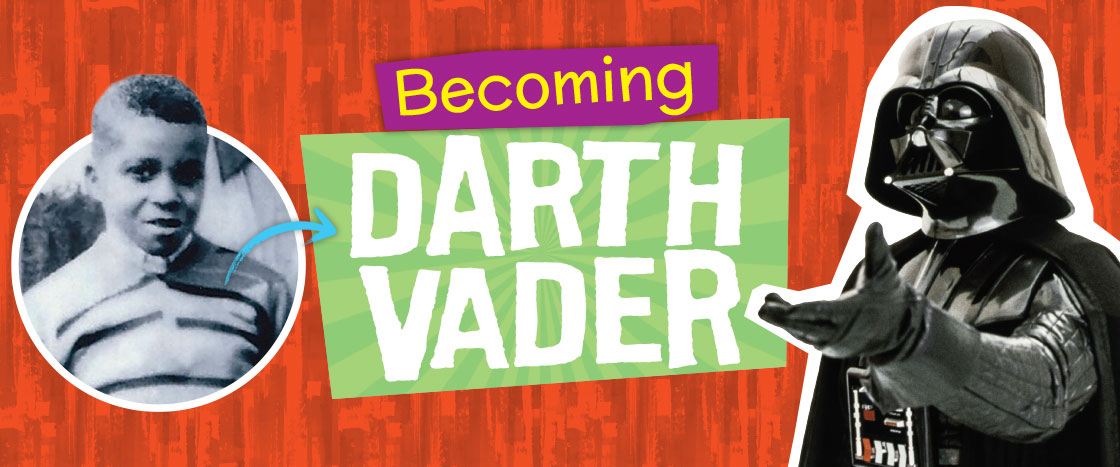Icy snowflakes whipped and whirled through the air. The wind howled. And 10-year-old James Earl Jones was racing through mountains of snow.
It was 1941, and a fierce blizzard was raging across Western Michigan. Back at home, James Earl’s uncle Randy had fallen to the ground, dangerously sick. James Earl had been sent out into the storm to get help.
Finally, he reached the local store and burst through the door.
“Call a doctor!” he wanted to shout to the store owner. But it felt like the words were stuck in his throat.
James Earl had a speech disorder known as stuttering, which made it difficult for him to say words out loud. Worried that others would make fun of him, he rarely spoke at all.
Now, he had to break his silence. Uncle Randy’s life depended on it.
Snowflakes flew through the air. The wind howled. And a 10-year-old boy named James Earl Jones was racing through the snow.
It was 1941. Western Michigan was caught in a huge snowstorm. Back at home, James Earl’s uncle Randy had fallen to the ground. He was very sick. James Earl had been sent out to get help.
Finally, he reached a nearby store. He burst through the door.
“Call a doctor!” he wanted to shout. But it felt like the words were stuck in his throat.
James Earl had a speech disorder known as stuttering. This made it hard for him to say words out loud. He often worried that other people would make fun of him. So he almost never spoke at all.
Now, he had to try. He had to save Uncle Randy’s life.

